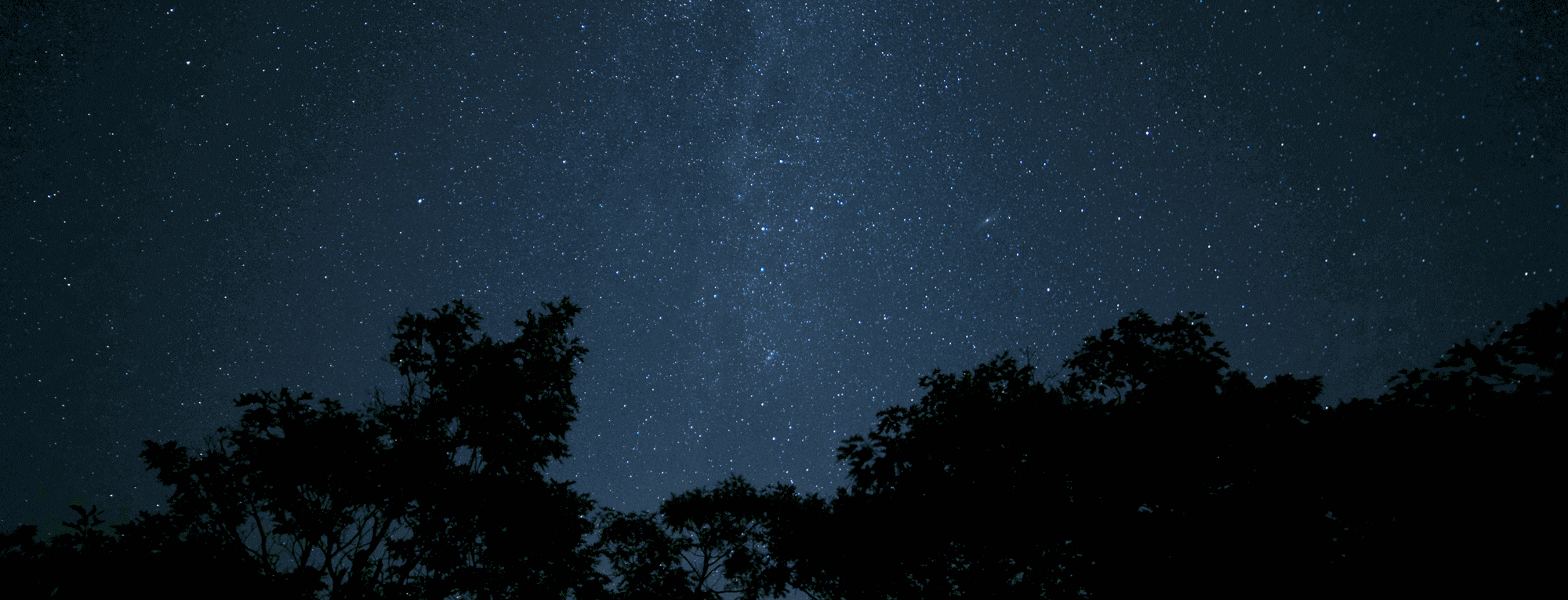The Nearby Supernova Revealed
Remember last week when I was talking about the evidence for some ancient-but-astronomically-recent supernovae? It turns out there is other evidence! Evidence that has helped scientists narrow down the potential source locations. Data from the Cosmic Ray Isotope Spectrometer (CRIS), an instrument aboard NASA’s Advanced Composition Explorer (ACE) spacecraft, has helped us figure out where the recent supernovae might have come from. CRIS measures what we call cosmic rays, atomic nuclei that have been accelerated across the galaxy at close to the speed of light. CRIS has been around for a while, and through 17 years of cosmic ray observations,...
